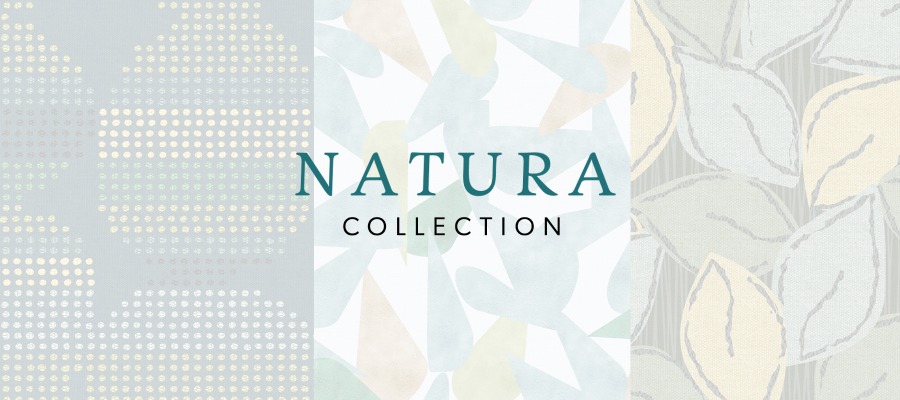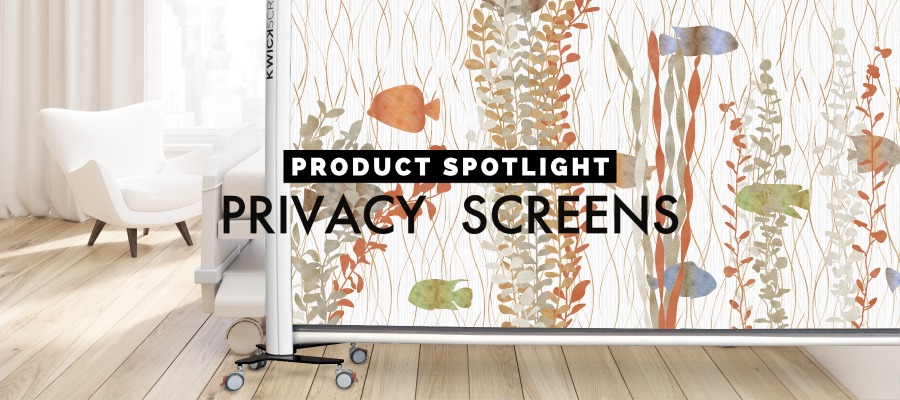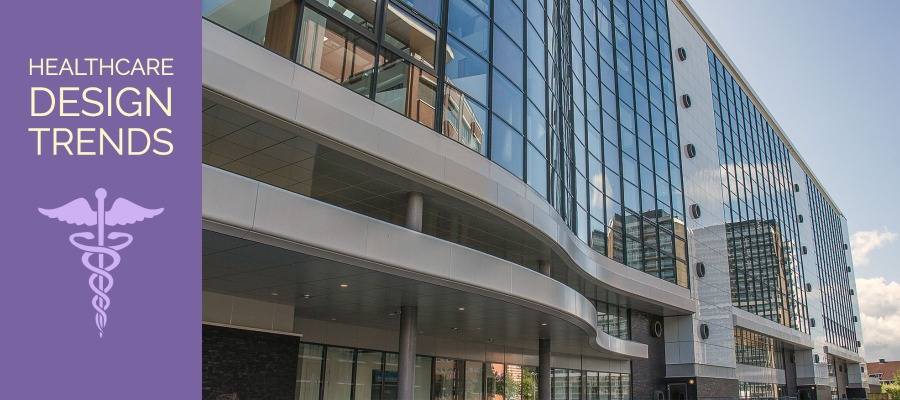
Healthcare Design Trends
One of the challenges, and opportunities, in healthcare design, is that more and more people are using healthcare facilities. The population is aging, people’s health is improving and they are living longer, and our healthcare system has become more accessible to traditionally underserved populations. More people put more demands on our healthcare workers and facilities.
As communities renovate and modernize existing facilities and build new ones, the interior designers working on these projects are looking to improve the experience and comfort of these buildings for patients, families, and caregivers. They’re looking at a space and thinking about how it functions and feels. They know that smartly designed environments improve safety, operations, and patient outcomes.
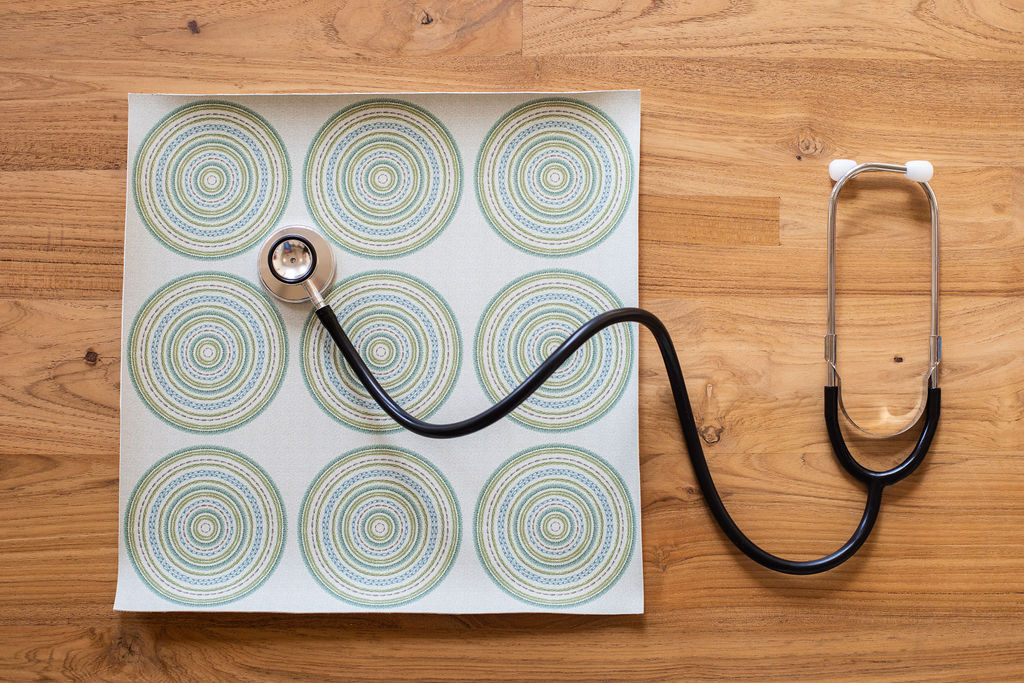
What trends in healthcare design are helping achieve these goals?
Designing for calm.
Healthcare facilities are naturally busy places with a lot of people and equipment moving around at any given time. They are also places where many people are in the throes of a stressful situation. By creating a space that encourages calm, people become more relaxed. Designers inspire calm by specifying materials with natural elements, earth tones, neutral textures, and ambient lighting.
For those people spending extended time in a facility, rooms with elements of home, such as residential looking upholstery, give people a comfortable, homey feeling. Equally important is including storage space for long-term visitors. This helps keep a room tidy and gives people a sense of control during an otherwise stressful situation. Designers are also incorporating more acoustic solutions to help minimize noise. Quieter spaces create privacy and also lower general stress levels.
Art in spaces is vital to add warmth to a room and is no longer considered an afterthought for the decorator. When used thoughtfully, art helps a room feel soothing and homey and helps distract patients while they wait. Some art pieces being specified go beyond just a painting on the wall but are often built into the environment. Additionally, designers incorporate art into the materials by printing on partition walls or acoustic panels.
Trending colors in healthcare design inspire a sense of wellness. Colors often associated with spas are being integrated into healthcare to try and encourage the same sense of calm. Nature-themed design also helps bring the outdoors in, and with it, nature’s inherent calming tendencies.
Incorporating spaces that care for the caregivers.
The pandemic laid bare the challenges of caregivers that, for too long, have gone unnoticed or unaddressed. When employees feel safe and supported, they do their job to the best of their ability. And when they do their best job, patients and their families have better experiences. With this in mind, interior designers are incorporating more places for caregivers to rest and have quiet moments of privacy.
Making spaces that are adaptable and flexible.
Interior designers are addressing the need for a space to serve multiple uses. In an emergency, such as a pandemic or natural disaster, rooms often need to accommodate a changing situation quickly. This demand necessitates designing spaces from the beginning with the intention of adapting to a new purpose.
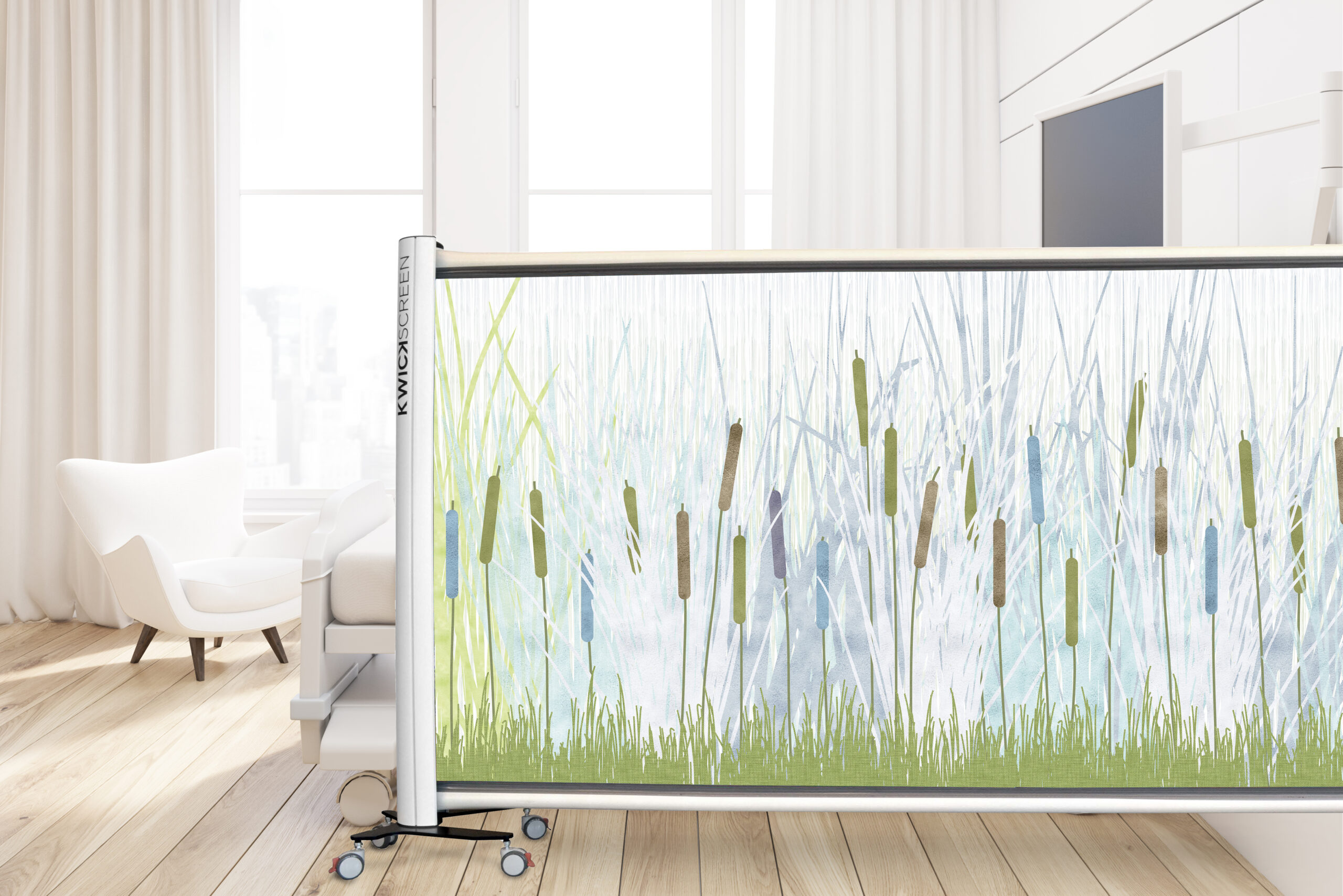
The need for adaptability goes beyond patient spaces into areas used exclusively by staff. For example, designing flexible, shared offices for people who traditionally don’t have their own, such as nurses, gives them access to private spaces for work, meetings, or phone calls.
Updating waiting rooms to reflect our new habits.
Today, people need more than just a pile of magazines in a waiting room. Most people spend time on their phones or bring their laptops to get some work done. Designers are designing waiting rooms to reflect these changes and make families and friends waiting more comfortable. For example, new waiting areas have charging areas, USB ports, and small desks. There are also acoustic elements to help keep common areas quiet.
Wayfinding is an integral element of the design.
Wayfinding helps people move around a building. Healthcare facilities, in general, are getting bigger, or existing spaces grow and become harder to navigate. Bigger buildings have designers considering wayfinding at the very beginning of a project. They are designing wayfinding to be aesthetically clear and durable. It must withstand heavy traffic from feet, wheels, and harsh cleansers.
We see Design Pool patterns fitting into many of these trends. We have two collections of patterns explicitly designed for this market. First, our Invisible Threads collection, a 2022 HiP Award honoree, brings the look of texture handmade textiles to upholstery that meets healthcare requirements. Also, our R&R collection is a part of The Cryptology Collection. These designs all contain secret coded messages about health and wellness. We can see these patterns on many products in a healthcare facility to inspire calm and comfort for the patients, families, and caregivers using them.
Share this post
Author
DESIGN/COLOR TRENDS AND AWESOME INFORMATION IN YOUR INBOX
Sign up for our monthly trend letter





